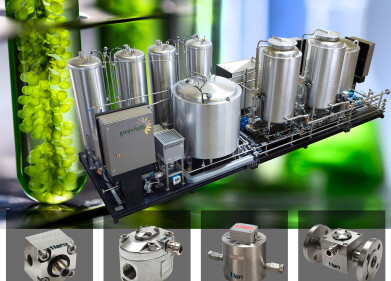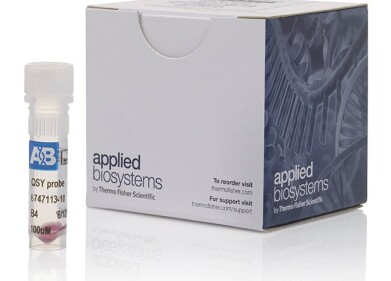Laboratory Products
New Bio-derived Solvent Increases Process Safety and Reduces Environmental Impact
Apr 24 2019
Merck has launched Cyrene™, a sustainable dipolar aprotic solvent, produced in two steps from a renewable cellulose source. The bio-derived alternative was created in response to the need for solvents to meet stricter regulation requirements for both employee safety and environmental sustainability. The new product targets the rising demand for greener alternatives to Dimethylformamide (DMF) and N-Methyl-2-pyrrolidone (NMP).
“With a strong focus on green chemistry, Merck is dedicated to providing today’s scientists with innovative solutions to help solve environmental challenges before us,” said Klaus Bischoff, head of Research Solutions, Life Science at Merck. “As a greener alternative, Cyrene™ solvent allows our customers to improve the safety of their processes and reduce the environmental impact of their research and manufacturing — without compromising performance.”
The Life Science business of Merck uses the 12 Principles of Green Chemistry that were developed and published by thought leaders Paul T. Anastas and John C. Warner in 1991 as a framework for its Green Chemistry practice.
DMF and NMP are under increasing regulatory restrictions, with both being classified by the European Union’s Registration, Evaluation, Authorization and Restriction of Chemicals (REACH) as substances of very high concern. More recently, according to the European Union, the European Commission added NMP to the restricted substances list known as REACH Annex XVII, driving the demand for alternatives. Additionally, effective May 2020, consumer products containing more than 0.3% NMP will be prohibited in the European Union. Initial studies and testing have found Cyrene™ solvent to be a more sustainable, safer option when compared with DMF and NMP.
Cyrene™ solvent was developed as a result of a partnership between the University of York’s Green Chemistry Centre of Excellence (GCCE) and Circa Group. Utilising its expertise in green chemistry, the University of York’s GCCE worked to determine potential applications for the Cyrene™ solvent.
Merck also researched alternate uses of Cyrene™ solvent in mild and robust Sonogashira cross-couplings, a common reaction used in medicinal chemistry, with Professor Allan Watson’s group at the University of St. Andrews, United Kingdom.
Cyrene™ solvent was also substituted for DMF in amide couplings, a fundamental reaction in drug discovery. By demonstrating that safer, greener alternatives offer superior performance, Cyrene™ solvent was recognised as the Bio-Based Chemical Innovation of the Year at the 2017 European Bio-Based Innovation Awards.
Cyrene™ solvent is available globally. For more information about Cyrene™ and other green chemistry initiatives from Merck, visit the Greener Alternatives page here.
Digital Edition
Lab Asia 31.2 April 2024
April 2024
In This Edition Chromatography Articles - Approaches to troubleshooting an SPE method for the analysis of oligonucleotides (pt i) - High-precision liquid flow processes demand full fluidic c...
View all digital editions
Events
Apr 17 2024 Tokyo, Japan
Apr 22 2024 Marrakech, Morroco
Making Pharmaceuticals Exhibition & Conference
Apr 23 2024 Coventry, UK
Apr 23 2024 Kintex, South Korea
Apr 23 2024 Seoul, South Korea









.jpg)








